Petrus M.T. Broersen9781846283284, 1846283280
In the current practice of spectral analysis, subjective decisions have to be made all of which influence the final spectral estimate and mean that different analysts obtain different results from the same stationary stochastic observations. Statistical signal processing can overcome this difficulty, producing a unique solution for any set of observations but that solution is only acceptable if it is close to the best attainable accuracy for most types of stationary data.
Automatic Autocorrelation and Spectral Analysis describes a method which fulfils the near-optimal-solution criterion. It takes advantage of greater computing power and robust algorithms to produce enough models to be sure of providing a suitable candidate for given data. Improved order selection quality guarantees that one of the best (and often the best) will be selected automatically. The data themselves suggest their best representation but should the analyst wish to intervene, alternatives can be provided. Written for graduate signal processing students and for researchers and engineers using time series analysis for practical applications ranging from breakdown prevention in heavy machinery to measuring lung noise for medical diagnosis, this text offers:
– tuition in how power spectral density and the autocorrelation function of stochastic data can be estimated and interpreted in time series models;
– extensive support for the MATLAB® ARMAsel toolbox;
– applications showing the methods in action;
– appropriate mathematics for students to apply the methods with references for those who wish to develop them further.
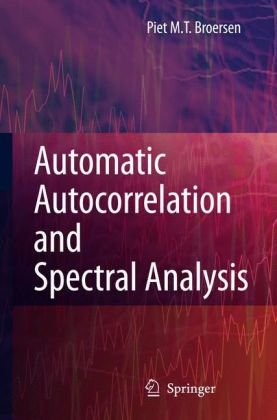
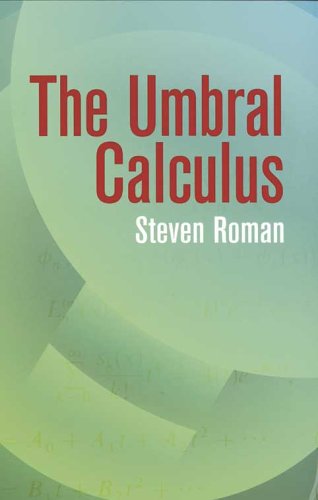

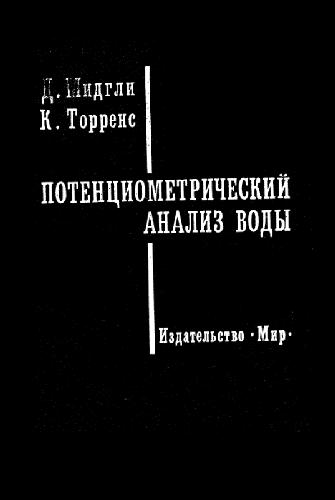
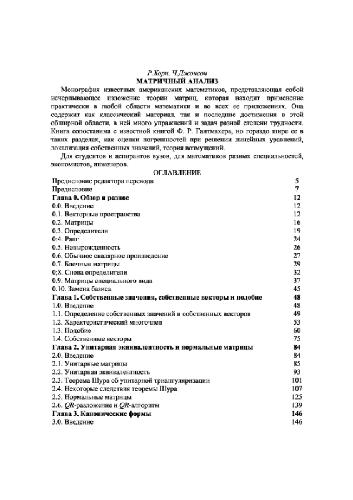
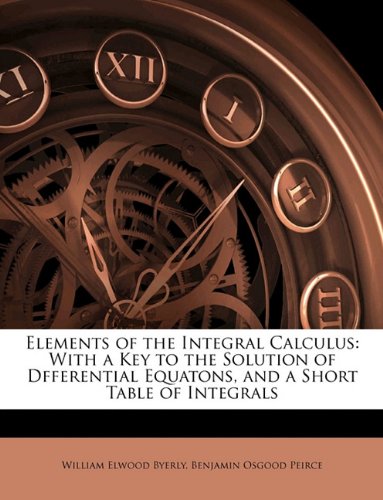
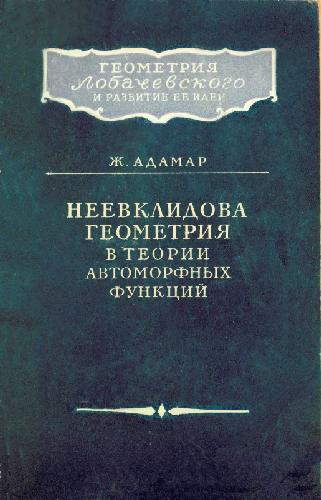
Reviews
There are no reviews yet.